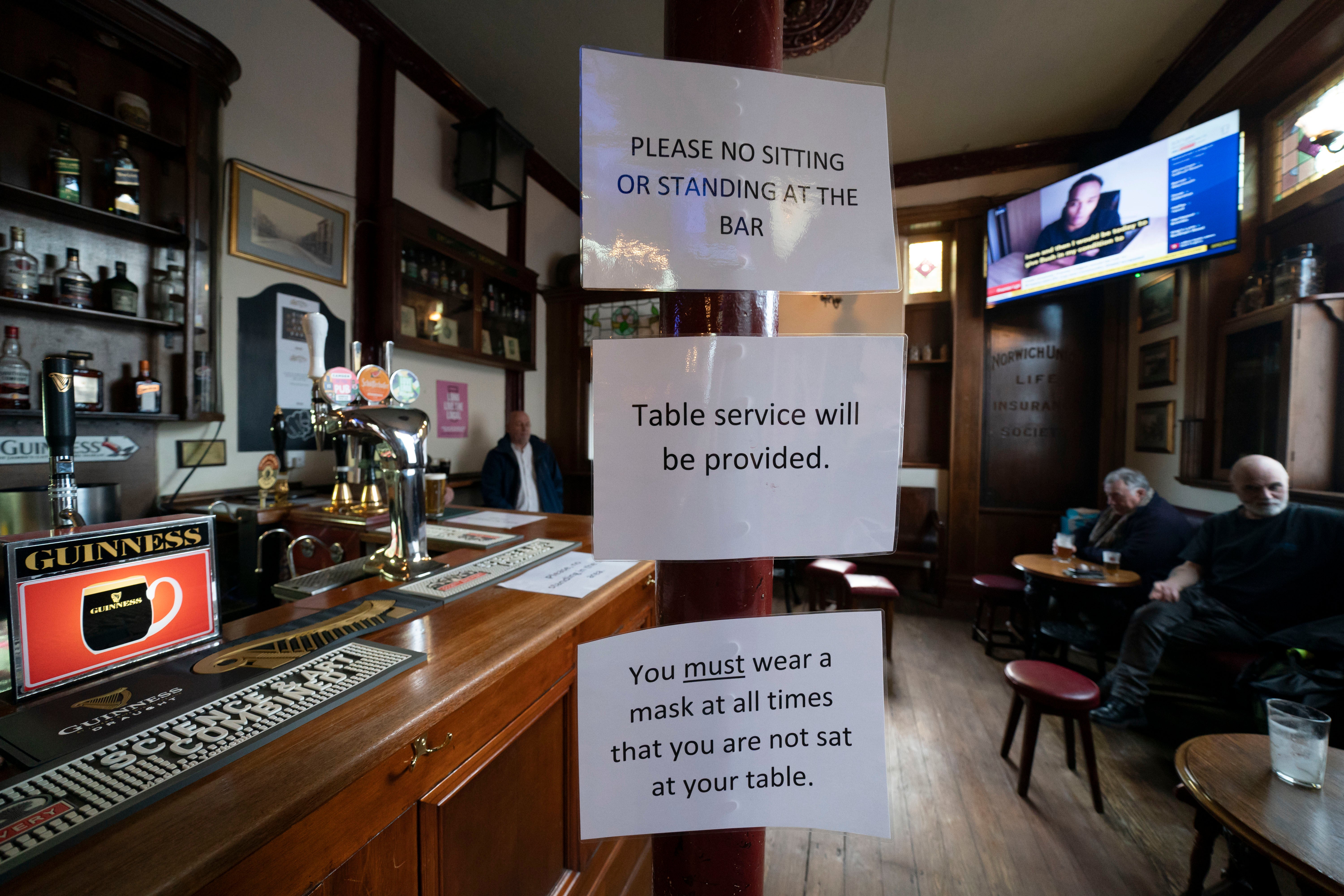UK unemployment rate spikes to 4.5% amid winter job fears
Unemployment across the U.K. spiked sharply higher in August, clear evidence that the jobless rate is set to spike higher when a government salary-support scheme ends later this month and new restrictions are imposed on local areas to suppress a second wave of the coronavirus

Your support helps us to tell the story
From reproductive rights to climate change to Big Tech, The Independent is on the ground when the story is developing. Whether it's investigating the financials of Elon Musk's pro-Trump PAC or producing our latest documentary, 'The A Word', which shines a light on the American women fighting for reproductive rights, we know how important it is to parse out the facts from the messaging.
At such a critical moment in US history, we need reporters on the ground. Your donation allows us to keep sending journalists to speak to both sides of the story.
The Independent is trusted by Americans across the entire political spectrum. And unlike many other quality news outlets, we choose not to lock Americans out of our reporting and analysis with paywalls. We believe quality journalism should be available to everyone, paid for by those who can afford it.
Your support makes all the difference.Unemployment across the U.K. spiked sharply higher in August, clear evidence that the jobless rate is set to surge higher when a British government salary-support scheme ends this month and new restrictions are imposed on local areas to suppress a second wave of the coronavirus.
The Office for National Statistics said Tuesday that unemployment rose 138,000 in the three months to August from the previous three-month period. That saw the unemployment rate jump to 4.5%, from 4.1% .
So far, Britain has been spared the sharp rises in unemployment seen in the United States because of the government’s Coronavirus Job Retention Scheme, which has paid most of the salaries of workers who have not been fired. Some 1.2 million employers have taken advantage of the program to furlough 9.6 million people at a cost to the government of nearly 40 billion pounds ($52 billion).
At one stage, around 30% of the U.K.'s working population was on furlough. Although these workers weren't working over the past few months, they were not counted as unemployed.
Since the program ends at the end of October, many of those still on furlough are expected to be made redundant, which is likely to make unemployment rise sharply.
And with many parts of the U.K. seeing large increases in coronavirus infections and the government ratcheting up local restrictions, there are fears that British unemployment could soar towards 3 million and to levels not seen since the early 1990s.
On Monday, the government carved England into three tiers of coronavirus risk in a bid to slow a resurgent outbreak, putting the northern city of Liverpool into the highest-risk category and shutting its pubs, gyms and betting shops.
Prime Minister Boris Johnson said the three-level national system was designed to “simplify and standardize” a confusing patchwork of local rules, as the country enters a “crucial phase.” Johnson said hospitals are now filling up with more COVID-19 patients than in March, when he ordered a national lockdown.
___
— Follow AP’s pandemic coverage at http://apnews.com/VirusOutbreak and https://apnews.com/UnderstandingtheOutbreak